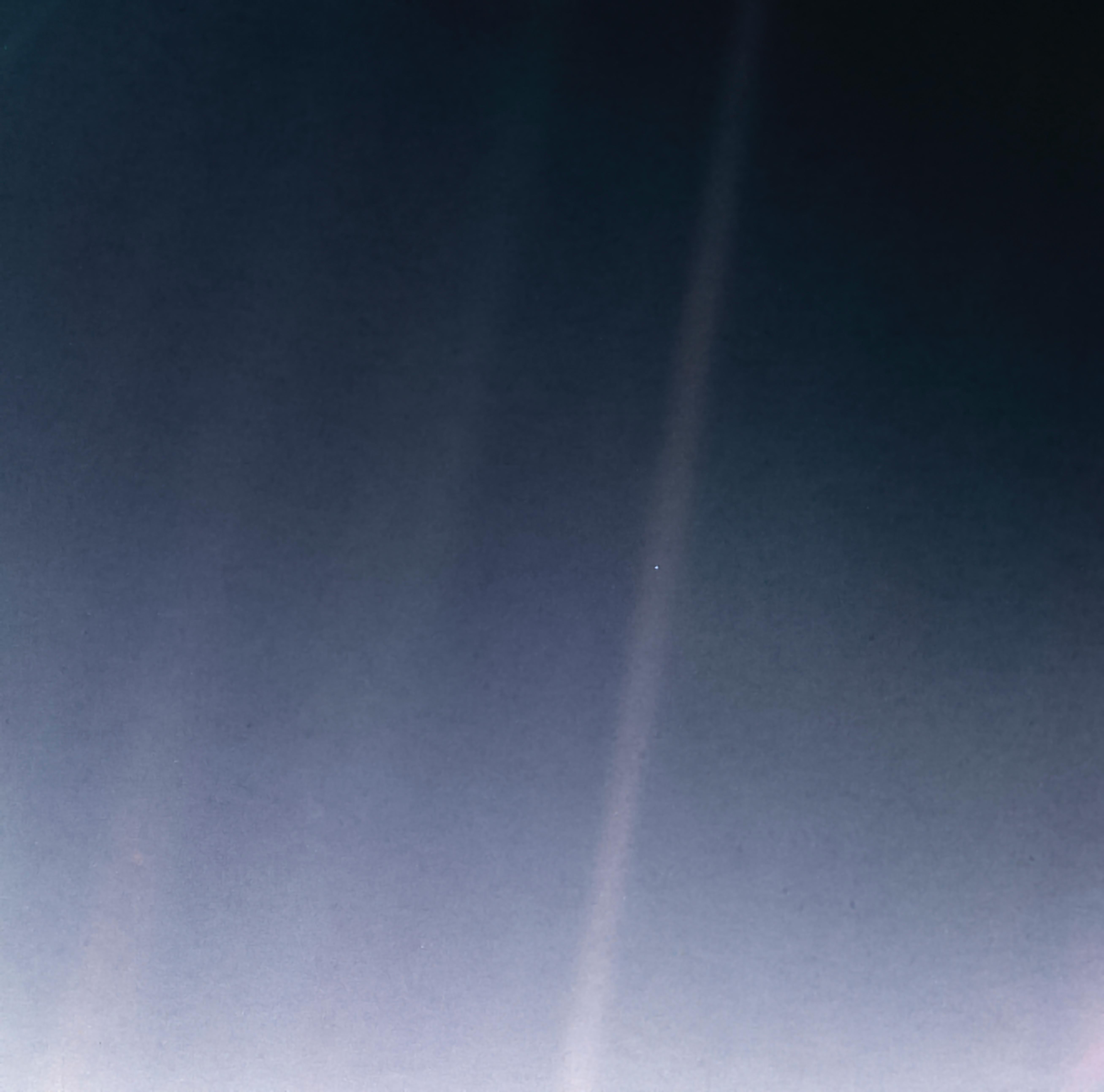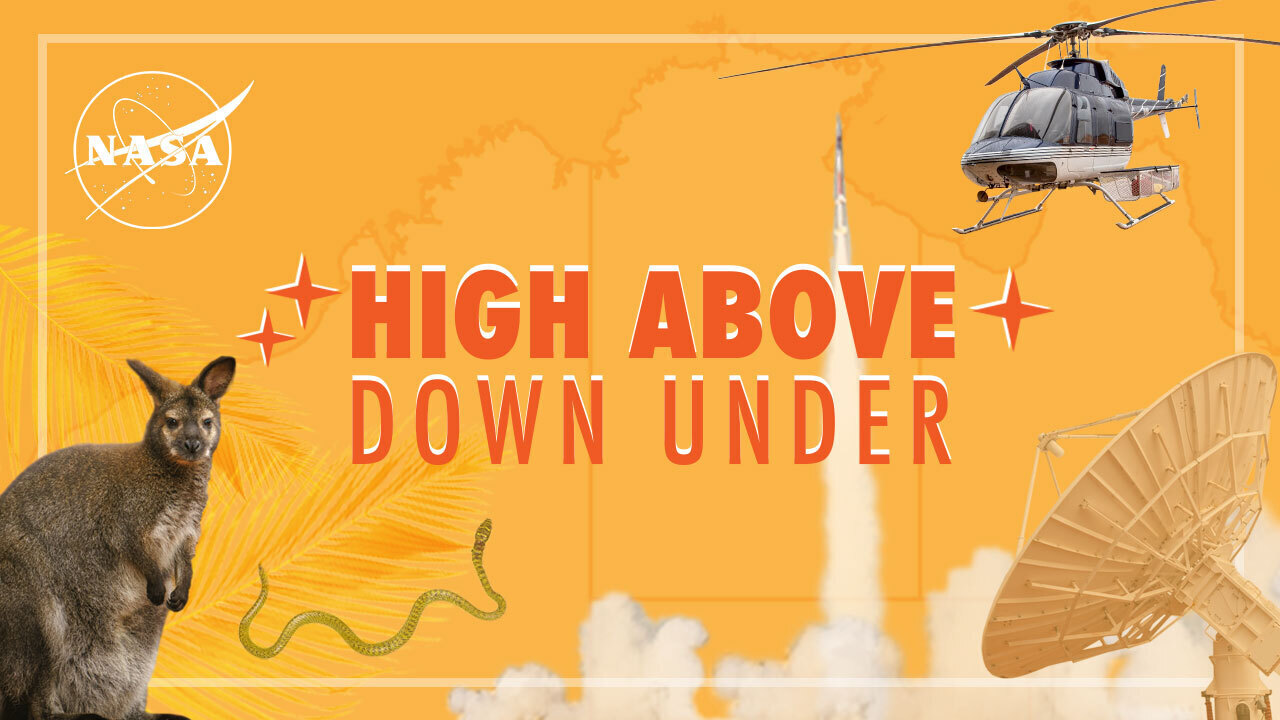Going Interstellar with TESS and Kepler
For the longest time, space seemed like just a big, nearly empty place. However, as we learned more about the universe around us, we discovered other planets orbiting our Sun, and even planets that orbit other stars trillions of miles away. In this video, discover how NASA has explored the space beyond Earth and our solar system with spacecraft like Voyagers 1 and 2, and how we’ve discovered thousands of planets outside of our solar system — also called exoplanets — with space telescopes like Kepler and TESS.
Credit: NASA's Goddard Space Flight Center
Music: "Virtual Memory" from Killer Tracks
YouTube link
Complete transcript available.
Watch this video on the NASA Goddard YouTube channel.
A 90-second version of the above video focusing primarily on the Kepler and TESS missions.
Credit: NASA's Goddard Space Flight Center
Music: "Virtual Memory" from Killer Tracks
Complete transcript available.
Watch this video on the NASA.gov Video YouTube channel.
This animation compares the space region where Kepler searched for exoplanets to those now being studied by TESS.
Credit: NASA's Goddard Space Flight Center
This animation shows where the two Voyager spacecraft are currently located relative to the planets of our solar system, as well as how long it took each Voyager to enter interstellar space. Also shown are the termination shock (in red), the heliopause (blue oval), and the bow wave (blue arc at left).
Credit: NASA's Goddard Space Flight Center
In this animation, the camera flies out of the solar system to reveal the locations of both the Voyager spacecraft and the structures of the heliosphere.
Credit: NASA's Goddard Space Flight Center
Square version of the above.
Credit: NASA's Goddard Space Flight Center
This animation shows the termination shock, heliopause, and bow wave, shows where interstellar space begins, and illustrates the distance and direction to the nearest star.
Credit: NASA's Goddard Space Flight Center
Unlabeled version of the above.
Credit: NASA's Goddard Space Flight Center
In this animation, the camera moves slowly toward our Milky Way galaxy.
Credit: NASA's Goddard Space Flight Center
This animation illustrates the portion of our galaxy where the Kepler space telescope searched for exoplanets.
Credit: NASA's Goddard Space Flight Center
This animation depicts some of the stars closest to the Sun. The nearest star system, Alpha Centauri, and its distance to the Sun are shown.
Credit: NASA's Goddard Space Flight Center
Credits
Please give credit for this item to:
NASA's Goddard Space Flight Center. However, individual items should be credited as indicated above.
-
Producer
- Chris Smith (USRA)
-
Science writer
- Francis Reddy (University of Maryland College Park)
-
Animator
- Chris Smith (USRA)
-
Videographers
- Chris Smith (USRA)
- Rob Andreoli (Advocates in Manpower Management, Inc.)
- John Caldwell (Advocates in Manpower Management, Inc.)
Release date
This page was originally published on Wednesday, March 27, 2019.
This page was last updated on Wednesday, May 3, 2023 at 1:46 PM EDT.

